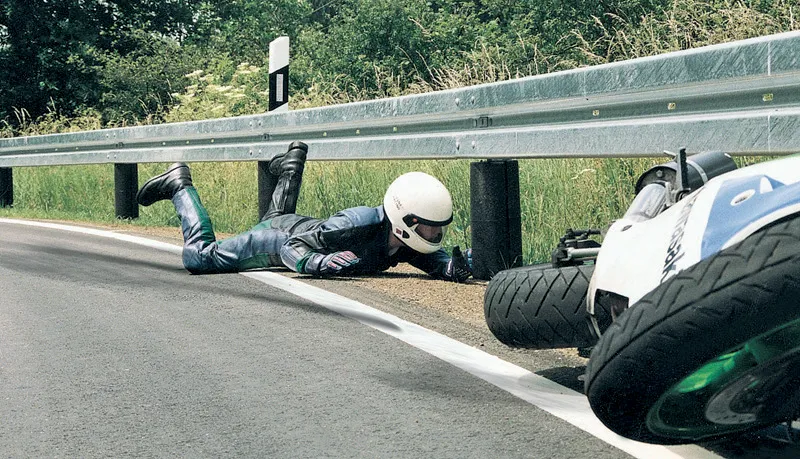Two British men have set a new world land speed record for a mobility scooter. During timed runs to meet with official requirements, the heavily modified mobility scooter proved capable of hitting a speed of 172km/h. This tops the previous mobility scooter speed record of 131km/h by some margin. The mobility scooter is however not suitable for road use, despite having working lights and indicators, as it does not possess front brakes. Power comes from a 600cc Suzuki motorcycle engine that has been squeezed
January 14, 2015
Read time: 2 mins
RSSTwo British men have set a new world land speed record for a mobility scooter. During timed runs to meet with official requirements, the heavily modified mobility scooter proved capable of hitting a speed of 172km/h. This tops the previous mobility scooter speed record of 131km/h by some margin. The mobility scooter is however not suitable for road use, despite having working lights and indicators, as it does not possess front brakes. Power comes from a 600cc Suzuki motorcycle engine that has been squeezed into the strengthened go-kart chassis upon which the mobility scooter has been constructed.
Two car occupants in China had a narrow escape when a mixer truck toppled onto their car, crushing it in the process. Despite the car being flattened in the incident, the woman driver and her younger male relative managed to escape relatively unscathed with only minor injuries. Passersby first tried to lever the mixer truck off the crushed car using a tree trunk. When this failed a passing crane was stopped and brought in to tackle the tricky task. After being rescued from the car the occupants were taken to hospital, but medical checks showed that they had escaped serious injury.
Two car occupants in China had a narrow escape when a mixer truck toppled onto their car, crushing it in the process. Despite the car being flattened in the incident, the woman driver and her younger male relative managed to escape relatively unscathed with only minor injuries. Passersby first tried to lever the mixer truck off the crushed car using a tree trunk. When this failed a passing crane was stopped and brought in to tackle the tricky task. After being rescued from the car the occupants were taken to hospital, but medical checks showed that they had escaped serious injury.







